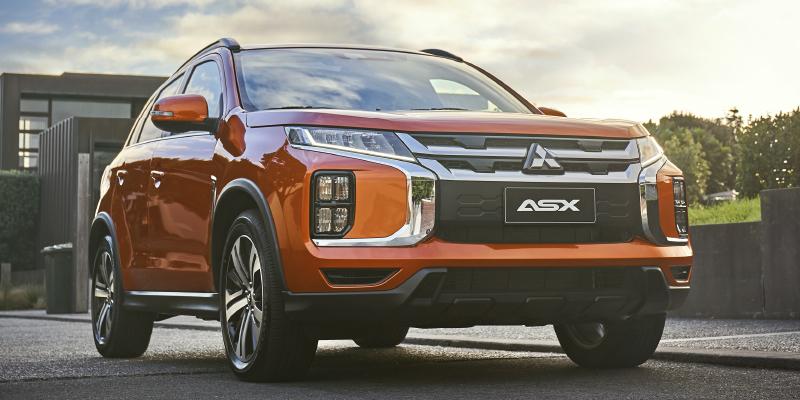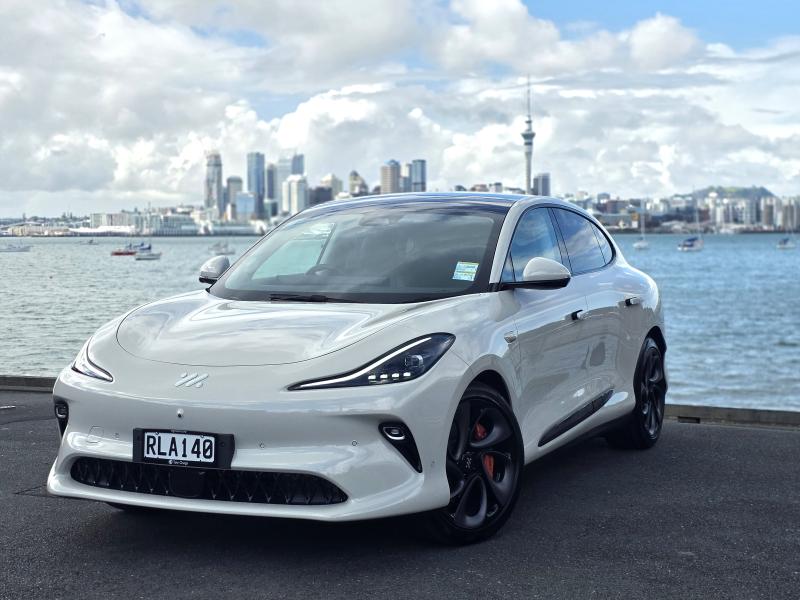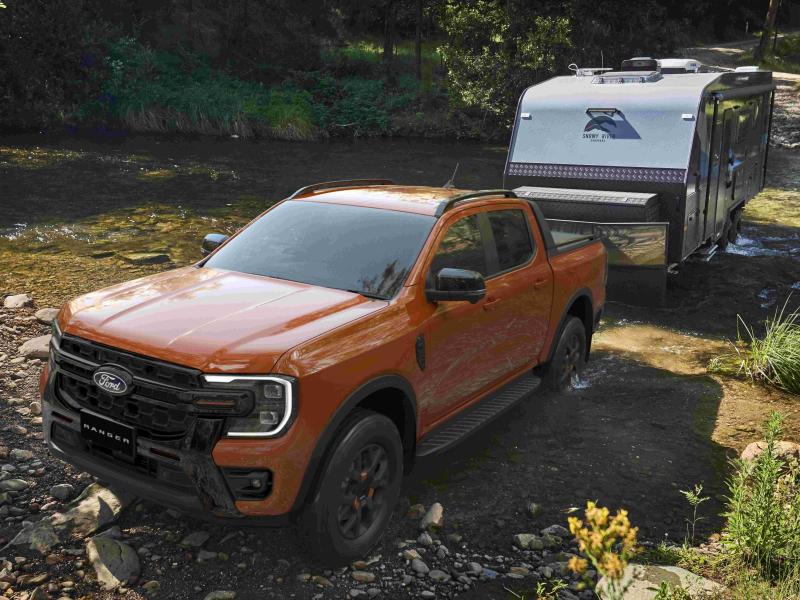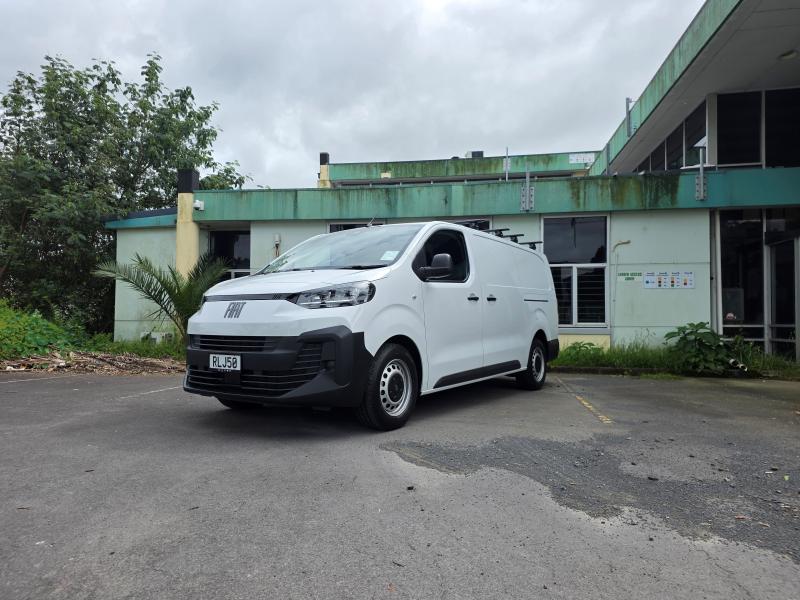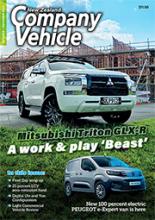Mitsubishi has enjoyed something of a stellar year in 2019, with first the revised Triton arriving and blitzing its way into the top performing utes segment, then the follow-up with improvements to the PHEV Outlander.
This month, Mitsubishi will introduce an all new Mirage, updates to the Pajero Sport and will have the subject of this article, the updated ASX SUV rolling out of dealerships as fast as they can be ordered in.
As at October figures, the ASX is New Zealand’s most popular small SUV under $40,000, appealing to private and fleet buyers alike.
With the new 2020 model year design, trim, and power upgrades, the ASX looks set to continue its market leadership position, despite a raft of new arrivals coinciding with the updated version.
Does the new ASX have what it takes to retain its position with the major overhaul?
It remains to be seen, but if we look back to the Triton’s rebirth at the beginning of the year where a similar range of upgrades occurred with the subsequent sudden surge in popularity of that vehicle, then the future of the ASX is looking very bright indeed, especially with the inclusion of LED lights, pretty much everywhere: headlights, taillights and even those chunky chocolate bar indicator/driving light clusters which highlight the ‘Diamond Shield” architecture that is the ‘family face of Mitsubishi.’
Mitsubishi calls this an aggressive front end with stylish detail, inviting adventurous drivers to get behind the wheel.
Well, OK, a bit of marketing hype, given the ASX for 2020 has no AWD models (or diesels for that matter) in the line-up, so ‘’adventures” are going to be somewhat restrained to a 2WD environment, but we’re not going to argue with the aggressive look of the front end.
In fact, park the 2020 model up against an earlier one and you might have to coax the earlier model out from hiding. What a difference a front-end treatment makes!
Those who know Mitsubishi’s Triton, know that the new face covers up some new tricks. With the ute, it was an upgraded suspension. With the ASX, it’s an upgraded engine.
Top end ASX models now pick up the 2.4 litre, four cylinder, MIVEC petrol which makes for a much happier on road package. It’s smooth, its fuss-less and it’s kind of been the thing the ASX has been looking for all along. Previous engine options have been a little light on the performance stakes and contributed to the buzzy nature of the preceding models. We are sad to see the loss of the oil burner option though.
The lamented diesel engines gave the ASX a real feeling of oomph with their inherent torque, but while the acceleration was good, it wasn’t good enough. Added to which, the diesels commanded an unsustainable higher price, which probably counted against them.
Now with the exclusively petrol-engined range, the 2.4 gives you grunt and go, with – if not frugality, then certainly not enough fuel consumption to make you pull up to the pump and think, “wasn’t I just here?”
And if a 2.4 is just a little too big, there are two-litre versions available with less kit, in the LS and XLS model lines.
We’d go the whole hog though, and take that VRX with the new, shiny engine, six-speed paddle shifting CVT, panoramic sunroof, push button start, leather seats (heated for the front), integrated roof rails, six-speaker audio (over four) auto levelling LED headlights and the extra 10kg over the lesser spec models because the ride feels more planted.
For some reason the VRX loses about 50 litres of space to the XLS and the LS when the second row of seats are down, but meh, what’s 50 litres gonna get you?
We’re kind of a bit torn in the safety stakes, because the XLS shares the same kit as the VRX with forward collision mitigation, lane departure warning, blind spot warning with lane change assist, rear cross traffic alert and rear parking sensors.
As to the rest of the specification, its pretty much line ball between the three models, all of which share the Apple CarPlay Android Auto compatibility with the eight-inch touchscreen, heater ducting to the second row, two USB ports and Bluetooth audio streaming.
The eight-inch screen by the way, occupies a sizeable chunk of in dash real estate, which many are going to find a real delight. The touch buttons are huge and the screen is at a level where sunstrike is seldom a problem. A multifunctional steering wheel allows interaction with the car if you don’t want fingerprints all over the display.
While the dash still retains large expanses of black plastic, there is an organic look to a very clean interior, which is going to find favour with many.
We can’t speak for the XL or XLS, but the VRX did seem to be noticeably quieter than remembered, and this could have been down to the now standardised 18-inch alloys – good looking alloys too – and the factory specified Bridgestone Ecopias with 20 percent rolling resistance improvement and reduced road noise.
As to the driving experience, we found the 2.4 to be extremely confident. Not fazed by changing road conditions – or even cattle stops – the VRX demonstrates that Mitsubishi has a real good handle on Kiwi road conditions and surfaces.
So now Mitsubishi, you’ve got suspension and engine down, so leave them alone. For a mid-life upgrade, find something else to fix.
The new ASX then, quieter, yes, less busy in the engine, yes, a little more space – up front anyway – yes and more road presence, yes.
Clearly, Mitsubishi is up for ticking all the right boxes as well as tugging on heartstrings with the darling of the segment in terms of registrations.
We expect to see Mitsubishi’s sales figures take another massive upswing with the pre Christmas launch of the new ASX, especially given the price ladder.
Even with newcomers to the market, the ASX’s starting price of $29,990 for the LS, $31,990 for the XLS and neatly under the $35k ceiling at $34,990 for the hero VRX is making the most of that value for money proposition Mitsubishi is known for. And don’t forget that 10 year or 160,000km Powertrain Warranty, a five-year or 130,000km New Vehicle Warranty and five-years Roadside Assist.
Specifications:
BODY TYPE Five door SUV
DRIVE Front
ENGINE TYPE 4 cyl, MIVEC petrol
ENGINE CAPACITY 2360cc
MAX POWER 125kW @ 6000
MAX TORQUE 226Nm @ 4100
L/100KM (COMBINED) 7.9
CO2 EMISSIONS 183
CARGO CAPACITY 393 – 1143 litres
PRICE $34,990


